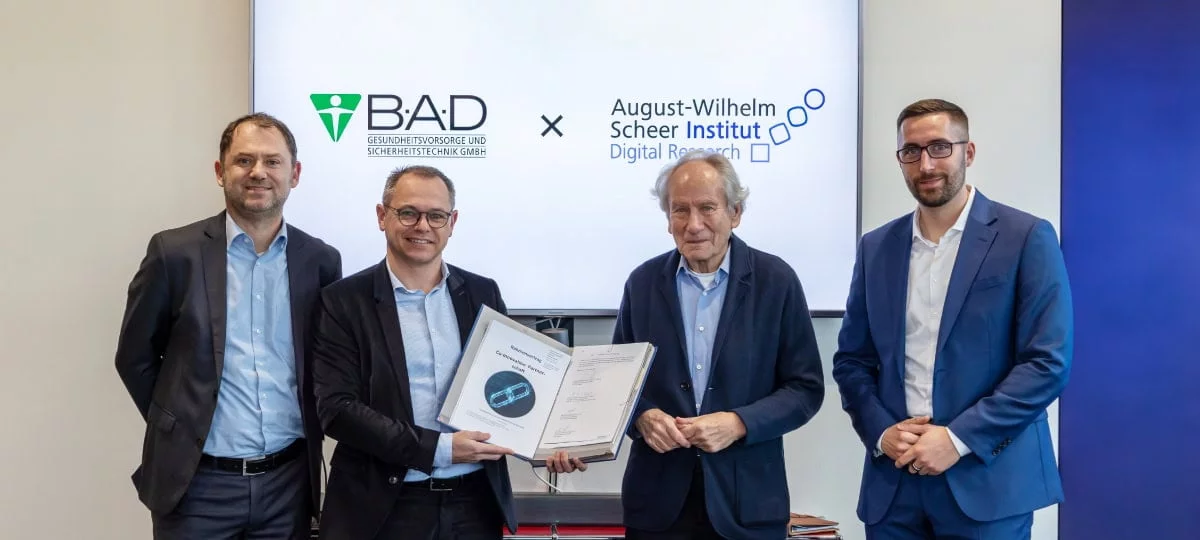Open Source and Hana - What belongs together comes together


In a world without open source, many things would not be possible and some things would look different. The open source development model drives innovation through community collaboration.
Code contributions to open source projects are no longer the sole domain of individual contributors, but also of independent software vendors (ISVs), corporate users and members of various vendor ecosystems.
One example of this is the Cloud Native Computing Foundation (CNCF), in which Red Hat and SAP are joined by other leading IT companies. Thanks to the commitment of a large number of developers, new functions can be implemented quickly in order to better meet new requirements than in a closed source model.
Almost no software is perfect, but the reliable and rapid innovation of the open source development model delivers the best software in the shortest possible time, including security fixes.
This is because the ongoing management and fixing of bugs and vulnerabilities is just as important as the initial development process. Red Hat has a robust and open security program that publishes errata to fix bugs, provide enhancements, or close security gaps.
With each erratum, Red Hat provides a guide describing the issues to be resolved and how to obtain and install the necessary software packages.
For some time now, SAP has been committed to the development of powerful open source projects that are suitable for corporate use and based on open standards.
Like other software manufacturers, SAP uses the innovation potential of open source and has, for example, developed the SAP Hana in-memory database and the SAP Vora query tool using technologies such as Linux and containers.
The SAP Cloud Platform, for example, offers in-memory functions and business services for building and expanding existing applications. With the open source Project Gardener, for example, SAP uses the performance of Kubernetes to manage open, reliable multi-cloud environments.
Companies can use native cloud design principles and leverage existing knowledge to deliver agile, transformative applications while integrating the latest business capabilities from SAP Leonardo, a digital innovation system.
With an intelligent lead based on JBoss, Red Hat strengthens SAP's Leonardo solutions.
"To cope with the complexity of Industrial IoT, solutions and infrastructure providers must maintain a high level of collaboration that is only sustainable through an open source community"
explains James Kirkland, Chief Architect for IoT at Red Hat.
"The Eclipse Kapua project offers this open and transparent community approach and aims to reduce the complexity of IoT by providing the required level of interoperability, scalability and flexibility in open IoT platforms."
The SAP landscape will change significantly over the next few years. SAP's announcement that it will discontinue support for its standard ERP system is driving the migration to SAP Hana and S/4 Hana.
Switching to these environments using innovative open source technology helps to accelerate both business and digital transformation.
Certified distributions of the open source operating system Linux are the only operating systems that are optimized and supported for Hana and S/4 Hana, the next generation application suite.
This enables companies to consolidate their heterogeneous SAP software environments on a uniform platform based on open standards. S/4 forms the digital core of future-proof companies that can master the digital transformation with open source technologies and the inclusion of big data, cloud and IoT solutions.




